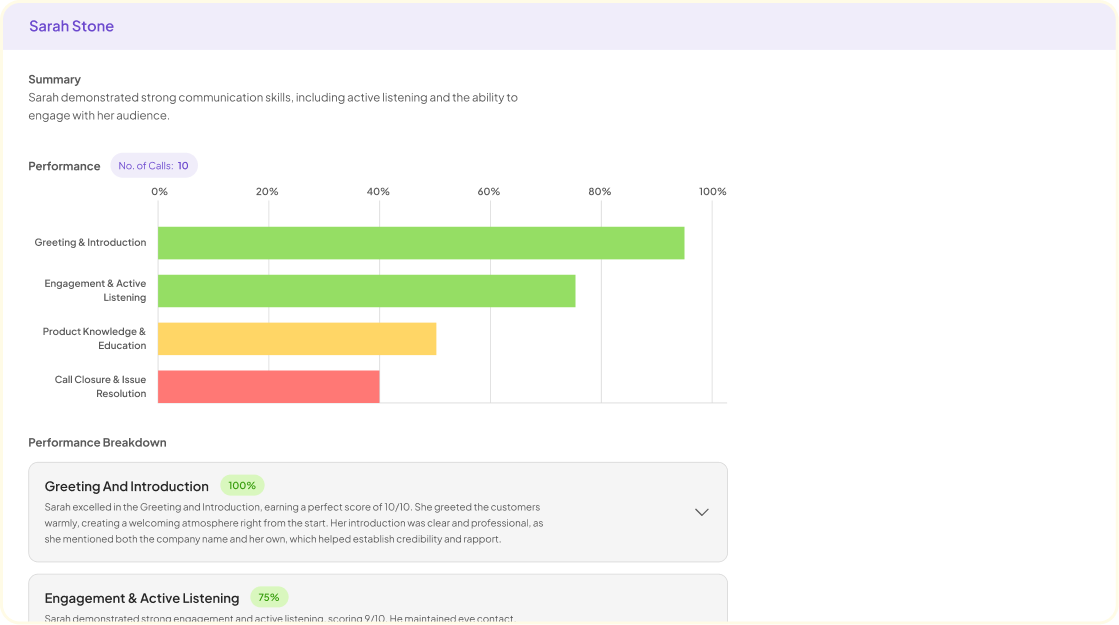Streamlined Service Blueprint acts as a transformative framework that enhances service efficiency. By illustrating service processes visually, this blueprint simplifies complex workflows and identifies opportunities for improvement. Each step of the customer journey becomes clearer, revealing how to reduce friction and enhance overall satisfaction.
Understanding this streamlined approach allows businesses to create a more efficient operation. With clear insights into customer interactions, organizations can optimize processes to meet consumer needs better. This structured visualization fosters an effective collaboration among teams, enabling them to deliver exceptional service in a quicker and more effective manner.
Understanding the Importance of a Streamlined Service Blueprint
A streamlined service blueprint acts as a visual guide that clarifies the service delivery process. This blueprint highlights essential touchpoints and interactions, helping both stakeholders and team members understand their roles. By outlining workflows, responsibilities, and customer interactions, it fosters better communication and efficiency. Understanding this importance aids in identifying areas for improvement, allowing organizations to eliminate obstacles and enhance the user experience.
Implementing a streamlined service blueprint also promotes consistency. When everyone knows their tasks and the service flow, it minimizes discrepancies in service delivery. Additionally, it can reveal gaps in resources or processes that could hinder smooth operations. As a result, organizations can allocate resources effectively, ensuring that customers receive the quality of service they expect. Ultimately, investing time in developing a comprehensive and streamlined service blueprint leads to increased efficiency and customer satisfaction.
Components of an Effective Service Blueprint
An effective service blueprint is essential for enhancing operational efficiency and improving customer experience. Key components should include clear delineation of service processes, customer touchpoints, and backstage activities. These elements work together to create a visual representation that not only highlights interactions between customers and service providers but also unveils the behind-the-scenes processes that support these interactions.
First, the visual layout of service processes should pinpoint every step and its sequence. This clarity aids in identifying any inefficiencies and ensures streamlined service delivery. Second, outlining customer touchpoints provides insight into customer experiences at each stage. Finally, integrating backstage activities illustrates the crucial support functions that keep the service running smoothly. By including these components in a streamlined service blueprint, organizations can foster a more efficient service process design, ultimately leading to increased satisfaction and loyalty.
Benefits of Streamlining Service Processes
Streamlined Service Blueprint significantly enhances efficiency by simplifying workflows and reducing unnecessary complexities. This approach allows teams to focus on high-value tasks, ultimately improving service delivery. By minimizing bottlenecks and redundancies, businesses can respond more quickly to customer needs. As processes become clearer, employees can better understand their roles, leading to increased job satisfaction and productivity.
Moreover, a streamlined service process fosters collaboration across different departments. When relevant information is easily accessible and organized, teams can share insights seamlessly. As a result, decision-making becomes more data-driven, empowering organizations to adapt swiftly to market changes. Overall, embracing streamlined processes not only boosts operational efficiency but also cultivates a culture of continuous improvement, ensuring long-term success in meeting evolving customer expectations.
💬 Ask About This Article
Have questions? Get instant answers about this article.
Designing an Efficient Streamlined Service Blueprint
Designing an efficient streamlined service blueprint involves creating a visual representation of a service process that emphasizes both clarity and simplicity. This blueprint is crucial for identifying potential areas of improvement, ensuring all stakeholders share a common understanding of the workflow. By mapping out each step, from customer interaction to the final service delivery, organizations can pinpoint inefficiencies, friction points, and opportunities for enhancement.
A streamlined service blueprint typically includes several key components: customer actions, front-stage interactions, back-stage activities, and support processes. First, outline the customer journey by detailing each touchpoint. Next, capture the visible actions performed by staff as they engage with customers. Following that, document behind-the-scenes activities that support customer interactions, such as inventory management. Finally, identify the resources and systems that facilitate these processes. By streamlining this design, organizations can accelerate service delivery and significantly enhance overall efficiency.
Case Study: Implementing Efficiency in a Real-World Service Process
Implementing efficiency in a real-world service process involves critically examining the existing workflows and identifying bottlenecks that hinder productivity. A streamlined service blueprint emerges as a key tool in this endeavor, illustrating the sequential steps involved in delivering a service while clarifying roles and responsibilities. The case study presents a scenario where traditional methods fell short in effectively analyzing customer data.
By rethinking the service process, the organization embraced innovative technology to speed up data analysis and enhance collaboration. This transformation not only improved resource allocation but also empowered teams to convert insights into actionable strategies. Clients reported faster decision-making processes, enabling them to respond to market changes swiftly. Such practical applications of a streamlined service blueprint underscore the importance of continuous improvement in enhancing efficiency and achieving organizational goals. In sum, this case study exemplifies how targeted interventions can lead to significant advancements in service delivery.
Tools and Techniques for Blueprint Optimization
Optimizing your service blueprint is crucial for achieving efficiency in service processes. To create a streamlined service blueprint, various tools and techniques can be employed. First, process mapping helps visualize the steps involved, making it easier to identify bottlenecks and redundancies. Using digital tools, teams can simulate processes to uncover inefficiencies before implementation.
Additionally, data analytics plays a pivotal role. By analyzing customer feedback and operational data, companies can pinpoint areas for improvement. Employing customer journey mapping allows businesses to understand customer touchpoints and emotions, aligning services with their needs. Finally, continuous feedback loops can enhance service offerings over time, ensuring that the blueprint remains relevant and effective. Together, these tools create a streamlined service blueprint, guiding organizations toward greater efficiency and customer satisfaction.
Conclusion: Leveraging Streamlined Service Blueprint for Operational Excellence
Streamlined Service Blueprints play a crucial role in achieving operational excellence. By offering clear visualizations of service processes, they allow organizations to identify inefficiencies and enhance workflows effectively. This approach fosters a culture of continuous improvement, enabling teams to focus on delivering exceptional customer experiences.
Incorporating a Streamlined Service Blueprint not only clarifies roles and responsibilities but also drives accountability throughout the organization. By understanding the entire service cycle, companies can identify key areas for optimization. Ultimately, this strategic alignment leads to increased productivity and customer satisfaction, solidifying the foundation for long-term success.
💬 Ask About This Article
Have questions? Get instant answers about this article.


